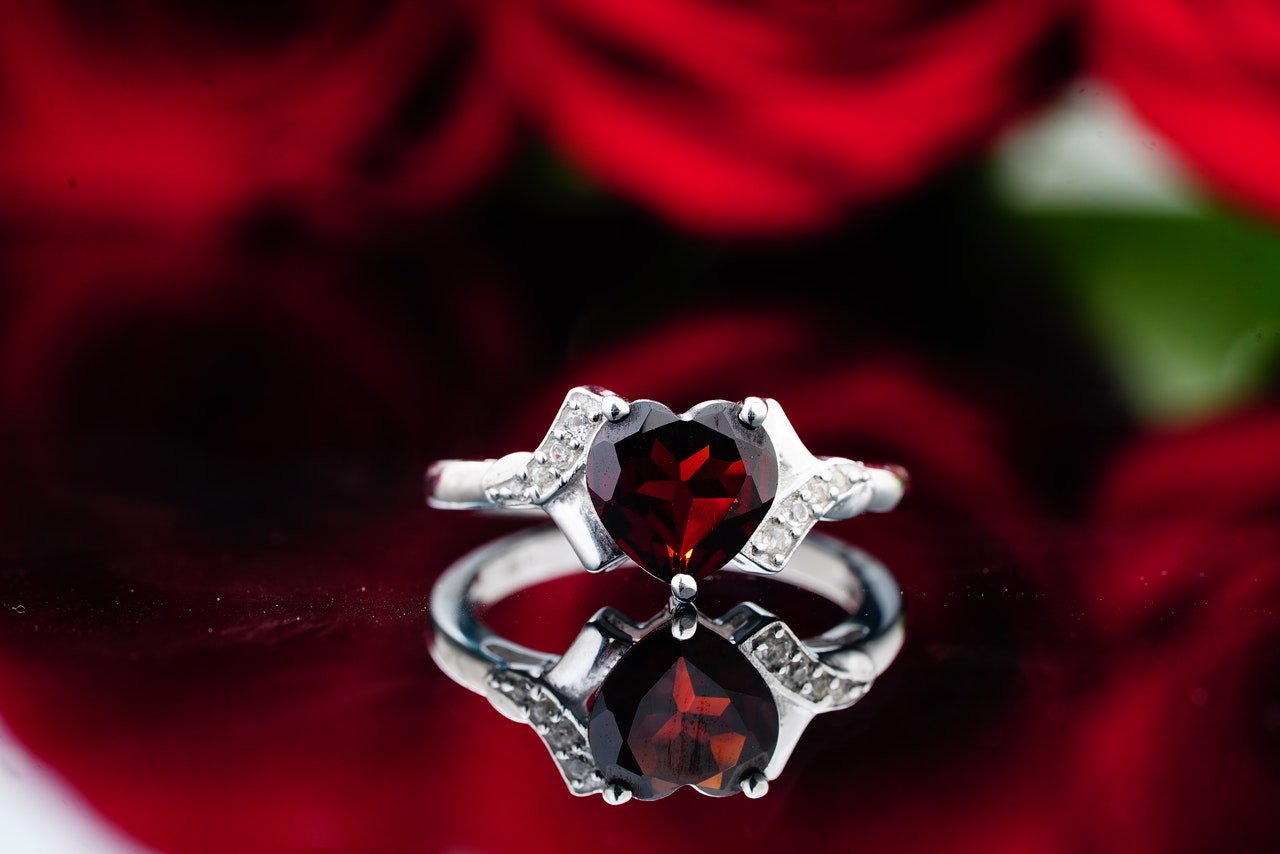Rubies are one of the most easily recognisable stones due to its vibrant red colour. They are believed to have been mined for over 2500 years and have been recognised as being precious and valuable throughout history. From associations with celebrities and royalty, the ruby has never left the spotlight. Here are our top ten facts about rubies.
1. They are associated with love, passion, and romance.
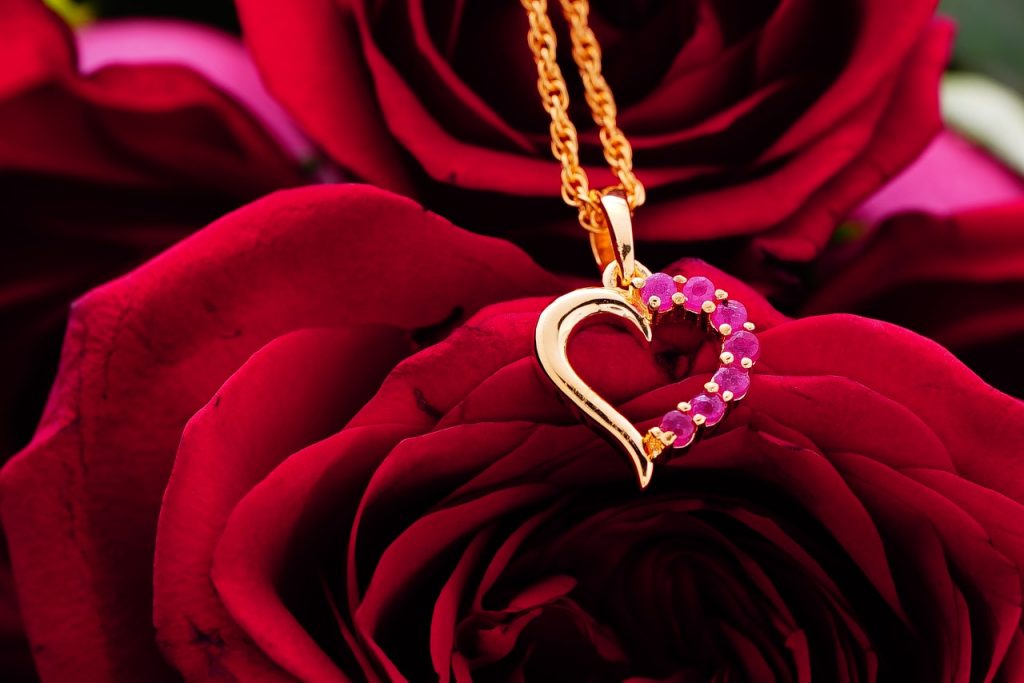
The ruby’s association with love and passion is due to the fact that its vibrant red colour has similar associations. Red is the colour of roses and cupid, and so it is no surprise that the links continue to gemstones of the same shade. The colour of rubies is sometimes said to appear as though there is a flame eternally burning within the stone, symbolising everlasting love.
2. The ruby was originally named “ratnaraj”.
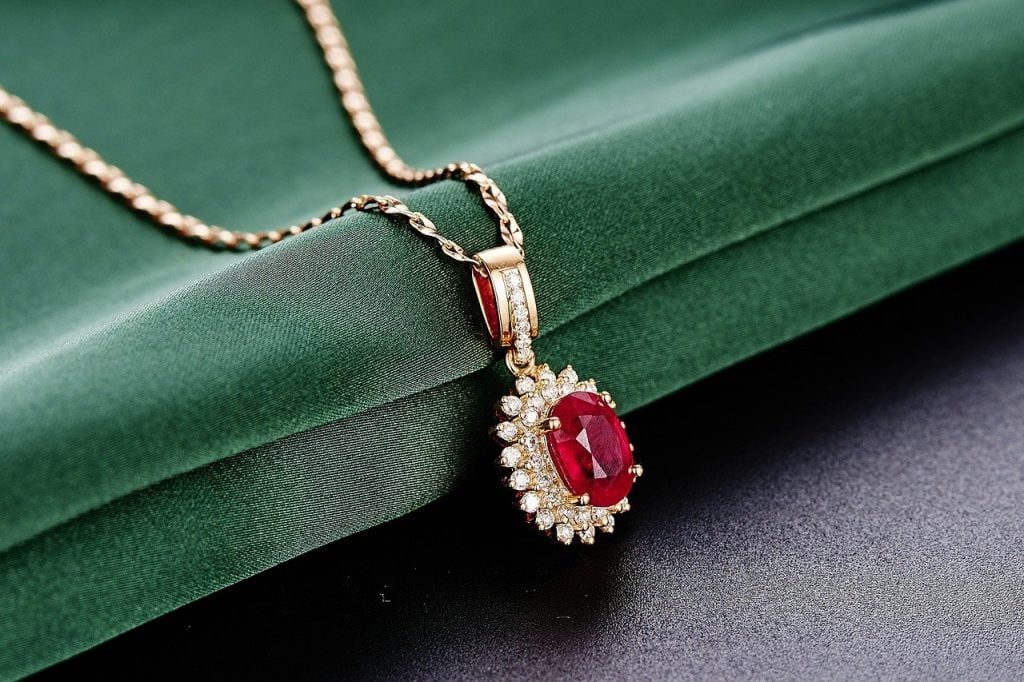
The first ruby was discovered in India, so the stone was named in the native language. The Sanskrit “ratnaraj” means “king of precious stones”. Although in modern times, the diamond is often seen as being the superior gemstone, the ruby certainly deserves this royal title for its deep, enticing colour. “Ruby” comes from the Latin “rubeus”, meaning “red”.
3. They are of the corundum family.
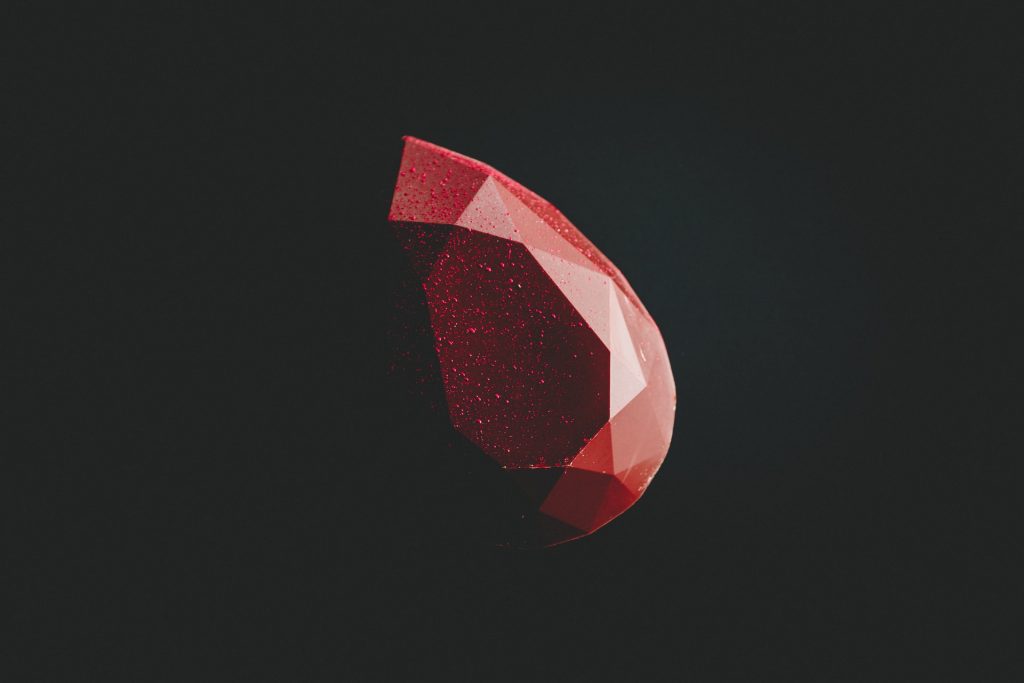
Both rubies and sapphires are members of the corundum family. Corundum stones are suitable for jewellery as they are dense, compact and do not have gemstone cleavage. This means that the stones do not have pre-existing weaknesses and are therefore less likely to crack.
4. Their colour comes from chromium.
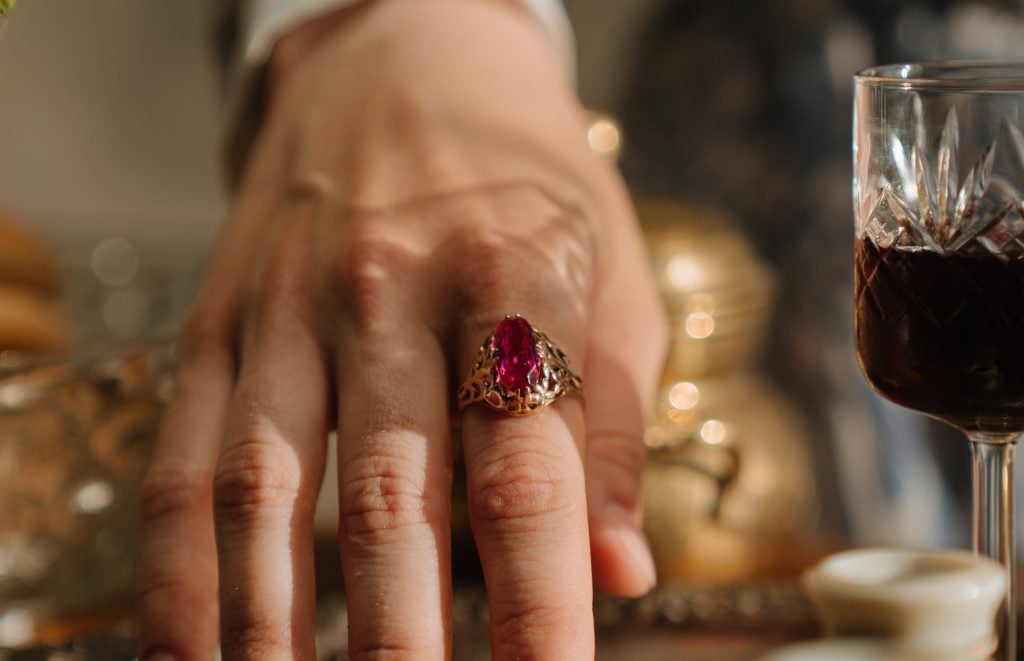
Pure corundum is colourless and made up of aluminium and oxygen. In order to gain colour, it must come into contact with small amounts of chromium. The chromium replaces some of the aluminium in the stone’s structure and it becomes a red ruby. Strangely, chromium also gives emeralds a green colour.
5. There are different types of rubies.
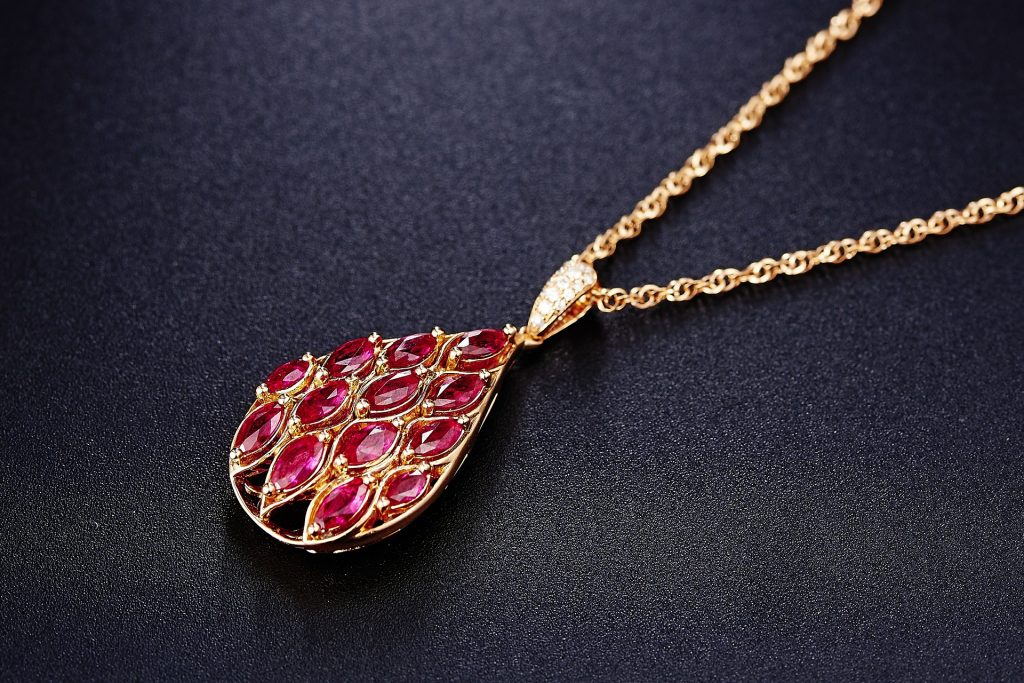
As rubies can be found in many parts of the world, they are not all going to be the same. Burmese rubies are recognised as being the highest quality and have a deep red colour. African rubies tend to be a purplish, dark red colour. Thai rubies are a deep shade of red as they have traces of iron in them. Star rubies are a natural phenomenon. They can be identified from the six-prong star that is visible on the surface. Light reflects off of tiny fibres of rutile to create this striking effect.
6. Rubies have been used in the foundations of buildings.
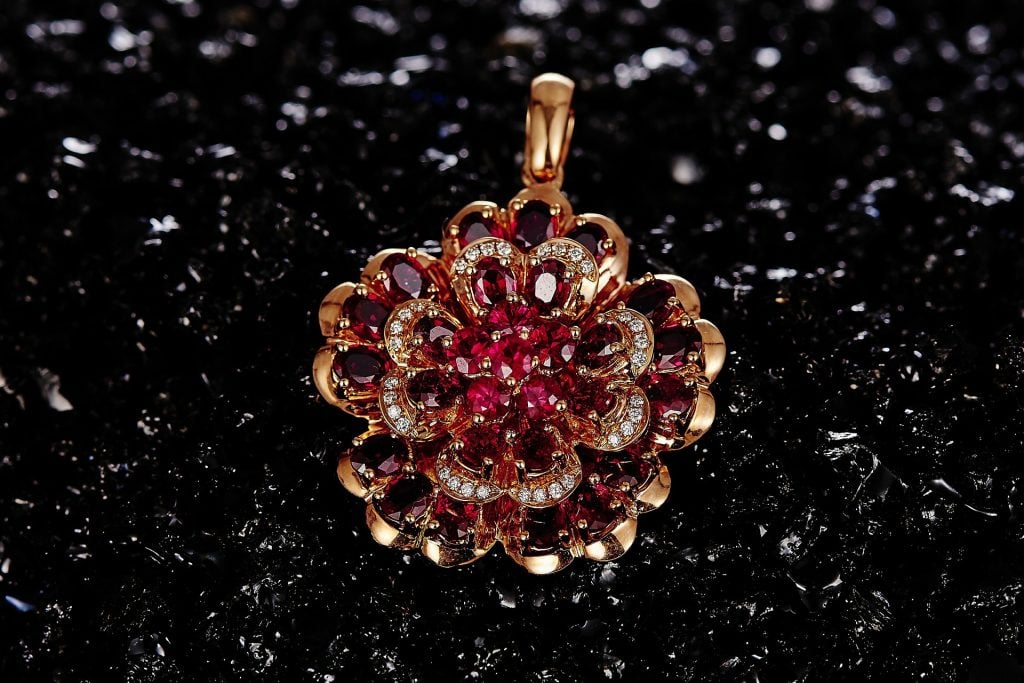
Although rubies are the second strongest gemstone, they were not placed in the foundations of buildings for structural purposes. As the stone is believed to bring good luck and fortune, some have placed a ruby in the ground before the foundations of their house have been laid. It is hoped that the good luck from the stone will have a positive influence over the household.
7. The Liberty Bell Ruby is the largest mined ruby in the world.
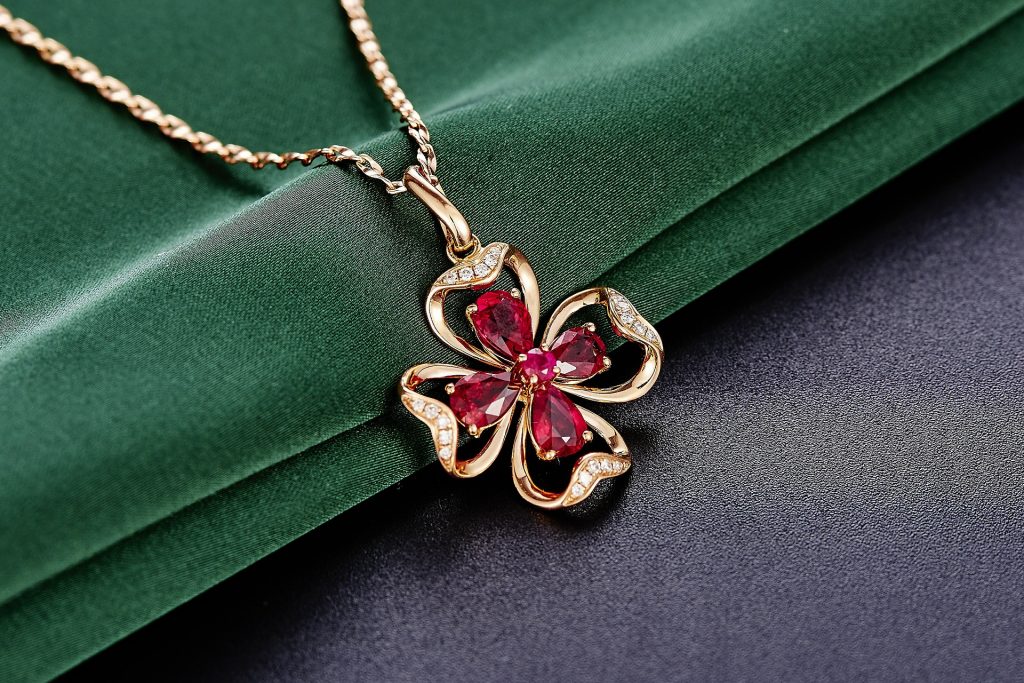
The ruby was discovered in east Africa in the 1950s and weighs 4 pounds and is 8500 carats. The Liberty Bell ruby was sculpted into the shape of the Liberty Bell, a symbol of American independence. The bell is encrusted with 50 diamonds and is estimated to be worth $2 million.
8. Rubies were famously worn by Elizabeth Taylor.
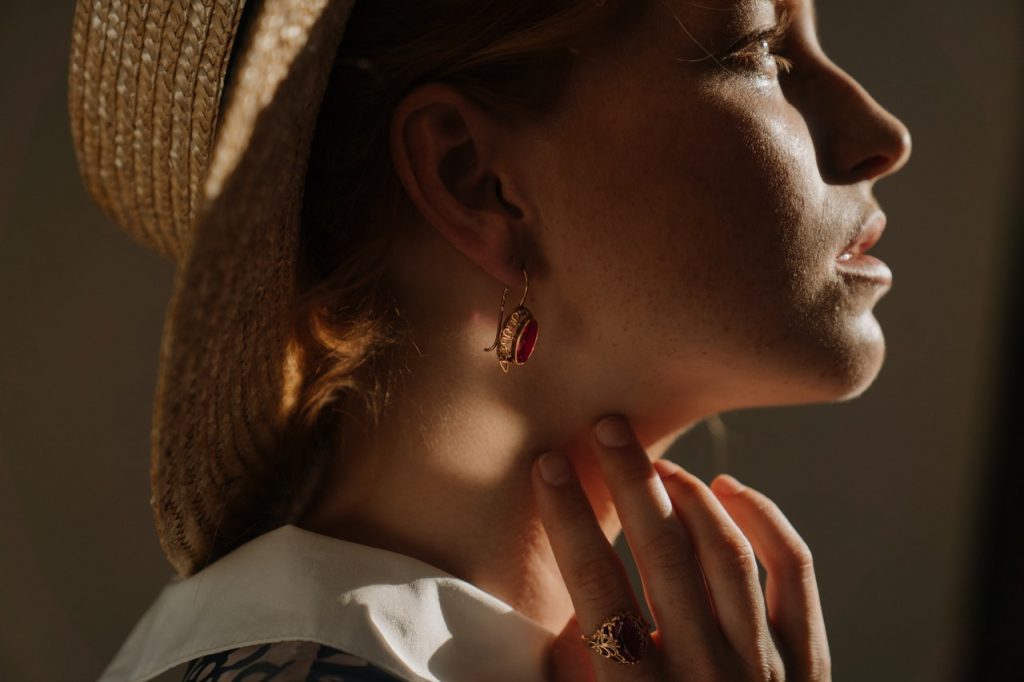
Whilst on holiday in 1957, Taylor’s husband, Mike Todd, presented her with a red leather Cartier box. It contained a suite of 24 rubies placed in a diamond encrusted bib necklace. He gifted this to her alongside a matching bracelet and drop earrings. After Taylor’s death, the necklace alone sold for $3.7 million at auction.
9. The Black Prince’s Ruby is not actually a ruby.
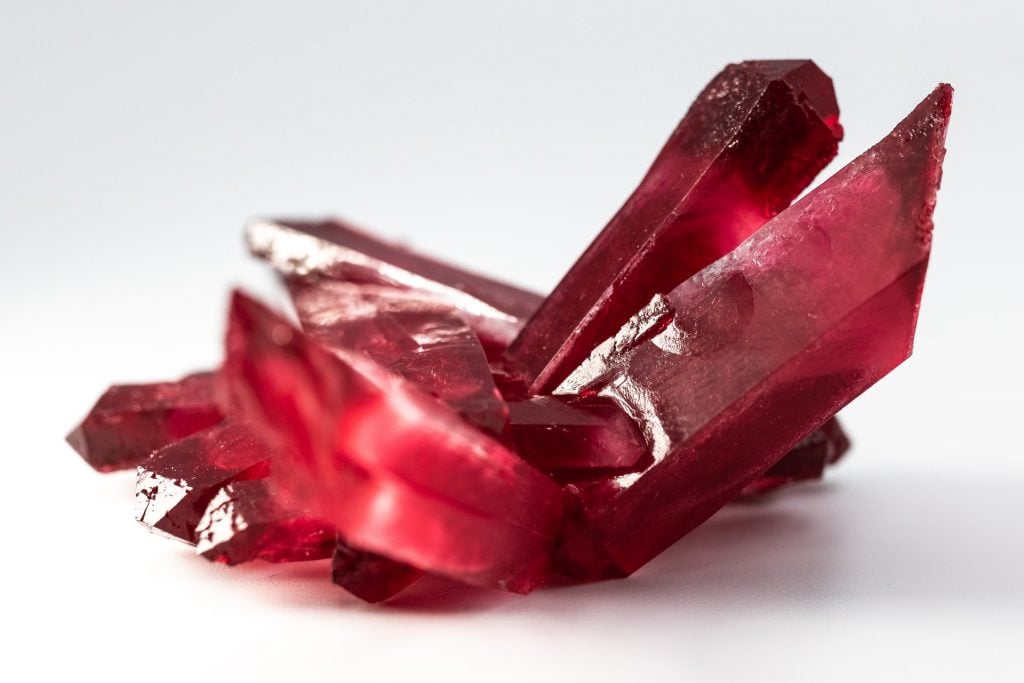
The Black Prince’s Ruby takes its name from Edward of Woodstock. It sits in the centre of the Imperial State Crown of the United Kingdom, above the Cullinan II diamond. Although commonly referred to as a ruby, this impressive stone is actually an irregular cabochon red spinel. Prior to 1783 when spinels were first chemically differentiated from rubies, all red gemstones were called rubies. Rubies are corundum stones, whereas spinels are made up of magnesium, iron, oxygen and chromium. The Black Prince’s Ruby is the largest uncut spinel in the world, so it is still a rarity.
10. Natural rubies are flawed.
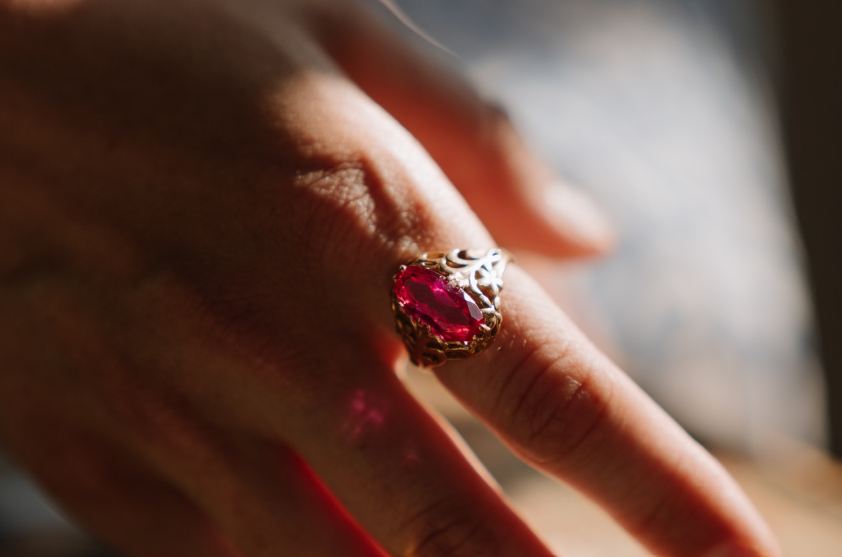
As ruby is a natural gemstone, it is inevitable that there will be some flaws within it. Rubies without any flaws are incredibly rare and are valued at prices higher than diamonds of the same weight. Often, a rubies flaws are used to confirm its authenticity. Synthetic rubies are made to look perfect and so do not have the same unique features of a natural ruby.
Looking for rubies to add to your jewellery collection? Click here to browse ruby jewellery on our website.
What did you think about our 10 interesting facts about rubies? Do you know any? Let us know in the comments below!

